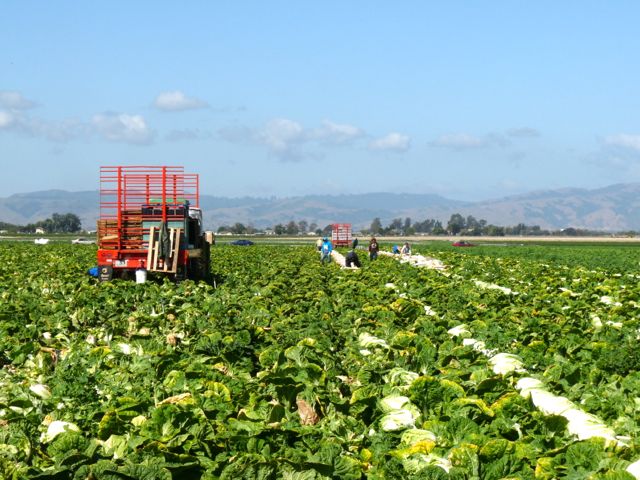Crop Protection
Winegrape Rootstock Trials
Winegrape Rootstock Trials for Pest Resistance and Vine Productivity
By Patrick Cavanaugh, Deputy Editor
Larry Bettiga, a viticulture farm advisor with UC Cooperative Extension, Monterey County, is working with county growers on winegrape rootstock trials to increase vine productivity.
“Several things have happened,” noted Bettiga,“we are replanting vineyards on former vineyard lands, where a build-up of soil pests already exists. Farmers used to grow a lot of beans and tomatoes in the Valley, so we’ve had a lot of root-knot nematode populations from past cropping patterns.”
“We’ve recently seen ring nematode populations developing at multiple vineyard sites,” Bettiga continued. “With the loss of more effective fumigants, and then the loss of post-plant-type nematicides, the use of nematode-resistant roots is becoming more critical to the success of replanting these vineyards. We have hopes that Andy Walker, a UC Davis viticulture professor and grape breeder, is going to supply us with some better options than we currently have.”
“We have a site where we are comparing five new rootstocks that were released from UC Davis with a number of our standard rootstocks. We are just starting that work, so obviously we have to look at them for several years to get a good feel for how those stalks will fit in comparison to what we are now using,” he noted.
















 “This trial and research actually monitors the amount of water and nitrogen we’re using and how much yield we’re getting under various best management scenarios,” Biscaro said, “and compares our practices to what the grower usually does.” Ultimately, the trial will help determine the yield of a celery field using best management practices, and how much water and nitrogen are required to achieve that yield.
“This trial and research actually monitors the amount of water and nitrogen we’re using and how much yield we’re getting under various best management scenarios,” Biscaro said, “and compares our practices to what the grower usually does.” Ultimately, the trial will help determine the yield of a celery field using best management practices, and how much water and nitrogen are required to achieve that yield.






